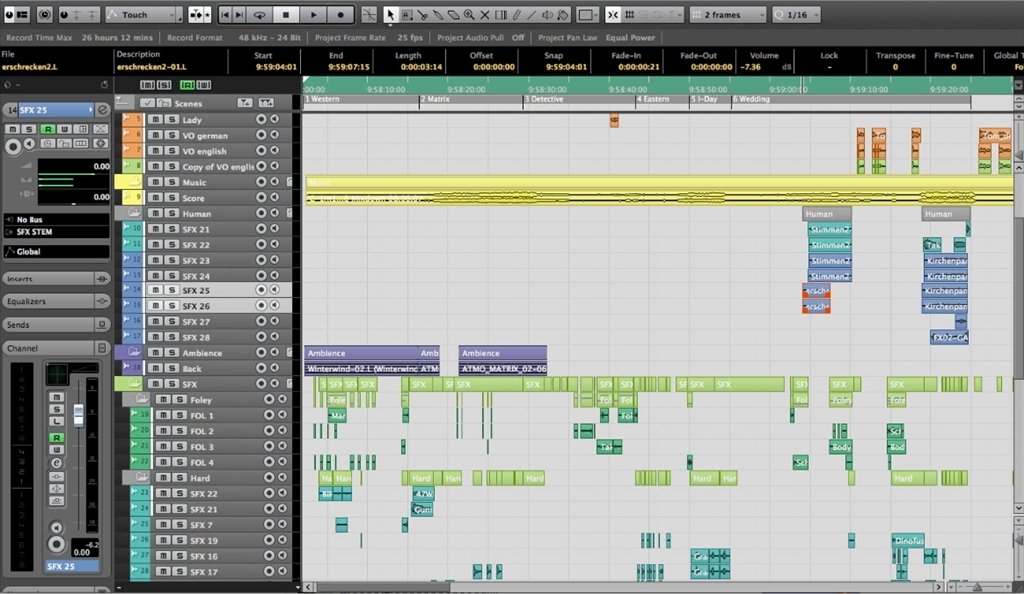
Rotary encoders have no "resolution" per say, but are actually implemented as 2 "switches" an "increasing" switch and a "decreasing" switch, the software implementer is free to choose the resolution (within reason - you don't want it to take 20 turns to move 1 db). Now, it's on the program developers to incorporate Eucon support into there DAWs, plugins, etc.Ĭertainly not dissing the Eucon protocol (I've read the tech whitepapers - it is excellent) but to clarify some oft misunderstood facts.Īlthough a single MIDI byte is actually limited to 1 byte - 1 bit = 7 bits = 128, ALL Fader protocols I know of on control surfaces are implemented with 2 7 bit numbers (2 MIDI bytes = 14 bits) which gives a resolution of 16,384, far more than any physical fader can support. There was a video a few months ago where an Avid exec was speaking about them open up the protocol. It is now built into Pro Tools (as of PT9). I don't believe that Eucon is that much of a closed protocol anymore since Avid's acquisition of Euphonics. Industry leading DAWS such as Pro Tools, Nuendo, Logic Pro, Pyramix and Sonar support EuConĪllows hardware surface direct access to software application command setsĪllows DAW plug-in control from channel strips High-resolution (12bit) fader & knob controlĬontrol includes EuCon, HUI & Mackie Control ProtocolsĮuCon transports trackball & keyboard over Ethernet simplifying cablingĬontrols multiple workstations & applications simultaneouslyĬontrol switches to match software application

High-speed Ethernet networked control including Gigabit Ethernet


 0 kommentar(er)
0 kommentar(er)
